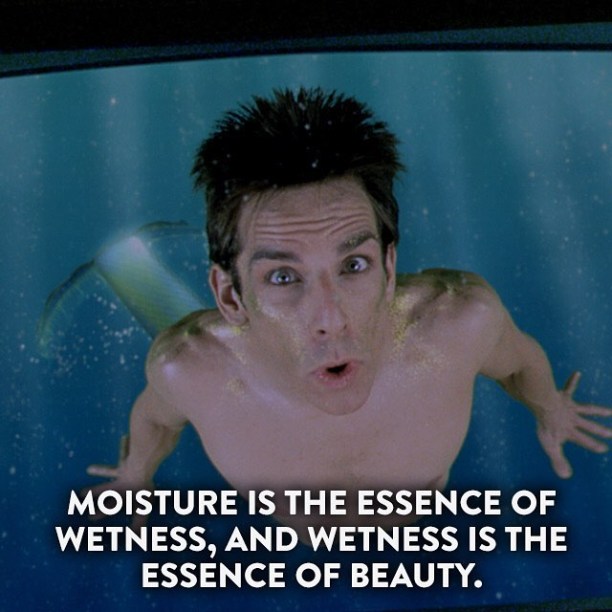
One of the most real, shared experiences that we have as humans is non-existent in the true sense of cause-and-effect reality. The sense of wetness.
There is no "wet receptor" or nerve fiber type devoted to the sensation of wetness. No indeed. Insects have "humidity receptors" but we lack the ability to feel the water that so defines our planet. The human sensation of wetness is the complex, near magical (if you don't mind me saying so) confluence of pressure change, light touch change, motion direction, speed and pattern, temperature change, and visual input.
You have, over time, learned this patterning. Your parents used the word "wet" and other adjectives to describe this orchestra of feeling and you now know it to be a truth about this world and your life. Water feels wet.
This is known as Perceptual Inference. From the linked article:
Perceptual inference refers to the ability to infer sensory stimuli from predictions that result from internal neural representations built through prior experience. Methods of Bayesian statistical inference and decision theory model cognition adequately by using error sensing either in guiding action or in "generative" models that predict the sensory information. In this framework, perception can be seen as a process qualitatively distinct from sensation, a process of information evaluation using previously acquired and stored representations (memories) that is guided by sensory feedback.
Interestingly enough, this "wet" sensation can easily be disrupted. Try it out for yourself! Just remove some of the sensory cues used to create the perception. Remove movement: Place your hand in still water, near room temperature and do not move your hand. You can loose the sensation of wetness. Remove speed and temperature: A single drop of water on your skin does not necessarily feel "wet." Remove vision: (Best done in winter) In a warm room, reach under your sink to the cold water pipe- see if feels wet, or if you can tell whether it's wet or just cold. Wow, sensory tricks! Perhaps even an Aquatic Mirage.
This may or may not be interesting to those in pain. Could you use it in some explanations to get across the point that sensation is complex? It will likely be of interest to those who are trying to figure out "why does this feel this way?" Perhaps to help explain why something feels swollen, but isn't objectively swollen. How is it that the body can produce strange sensations, refer pain , etc.
Turns out, we knew little about this process until recently. Filingeri has done much inquiry. These 2 papers have more detail for those interested
This lends a little more gravitas to the commonly overhead interaction "How is the water today?"... "Wet."
-Matt Dancigers, DPT
Interested in live cases where I apply this approach and integrate it with pain science, manual therapy, repeated motions, IASTM, with emphasis on patient education? Check out Modern Manual Therapy!
Keeping it Eclectic...












Post a Comment
Post a Comment